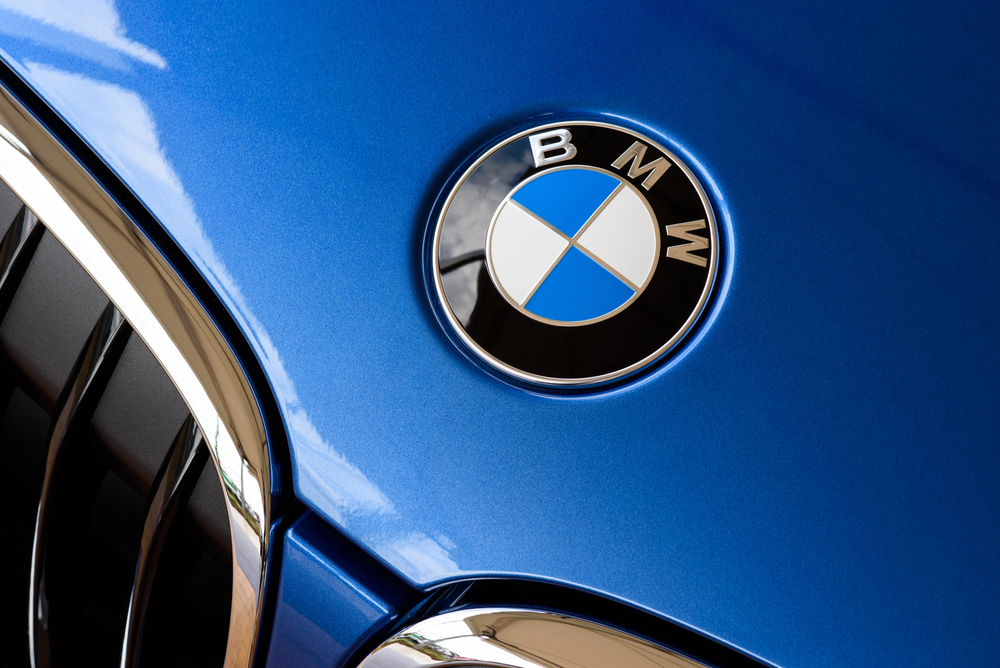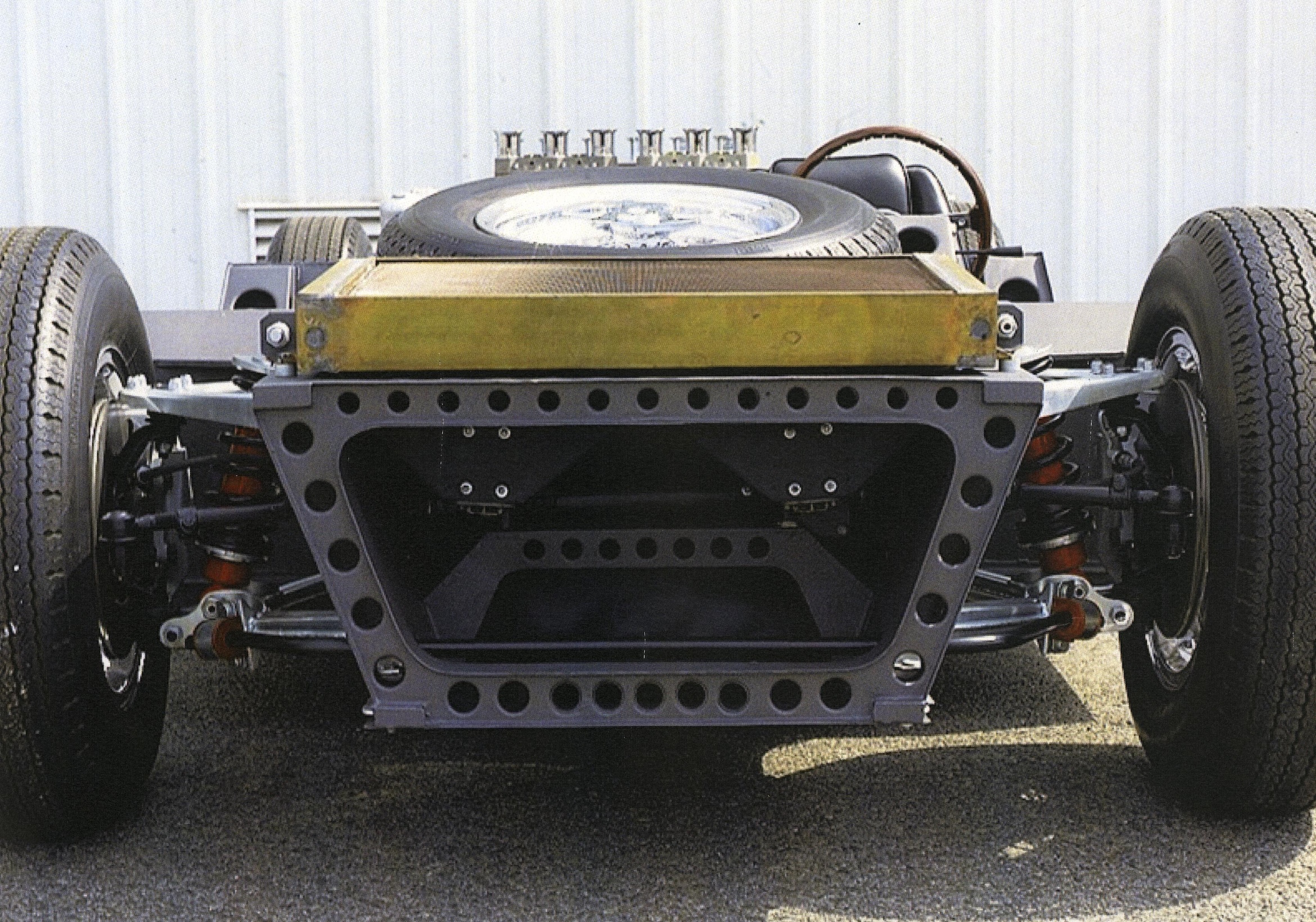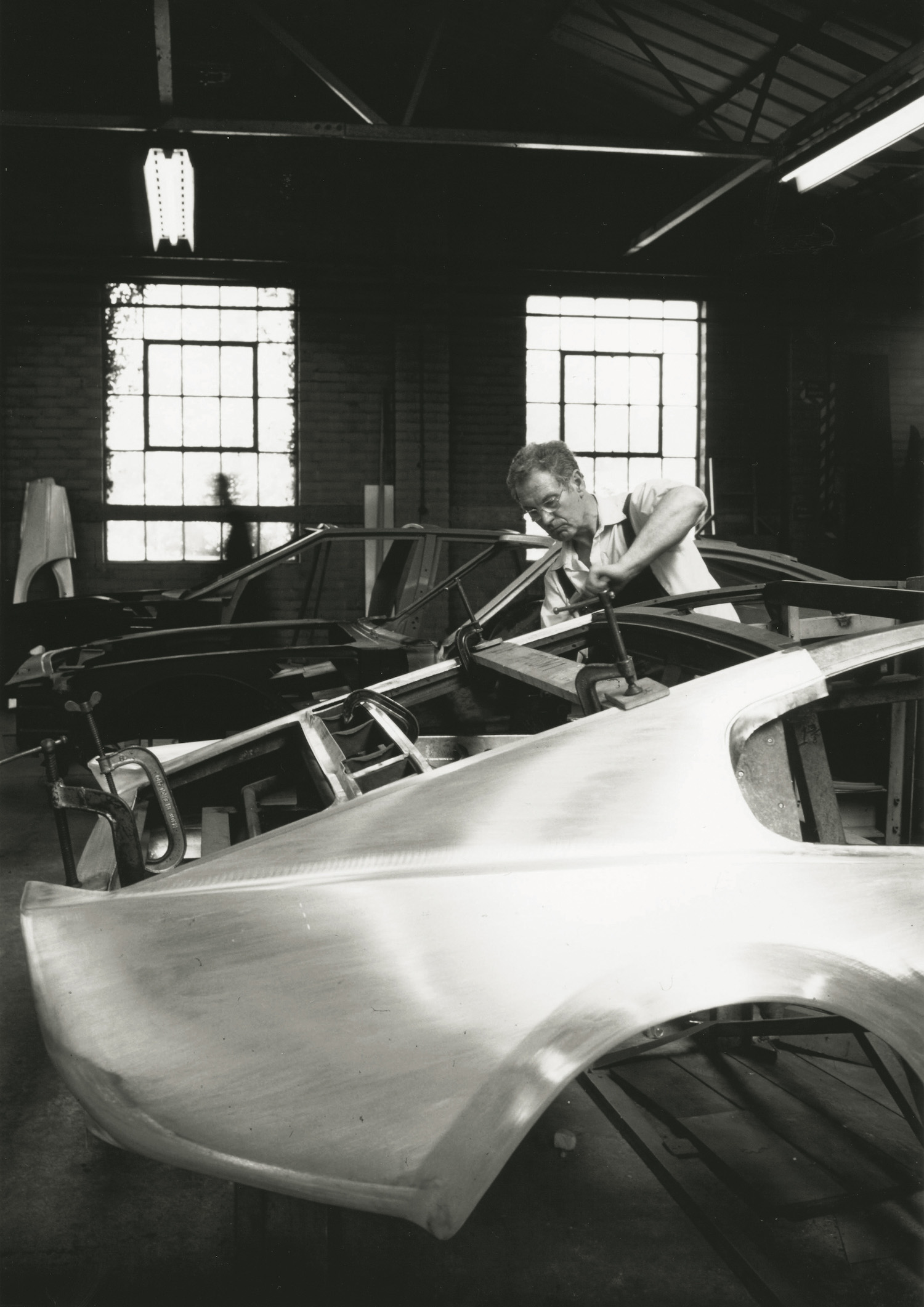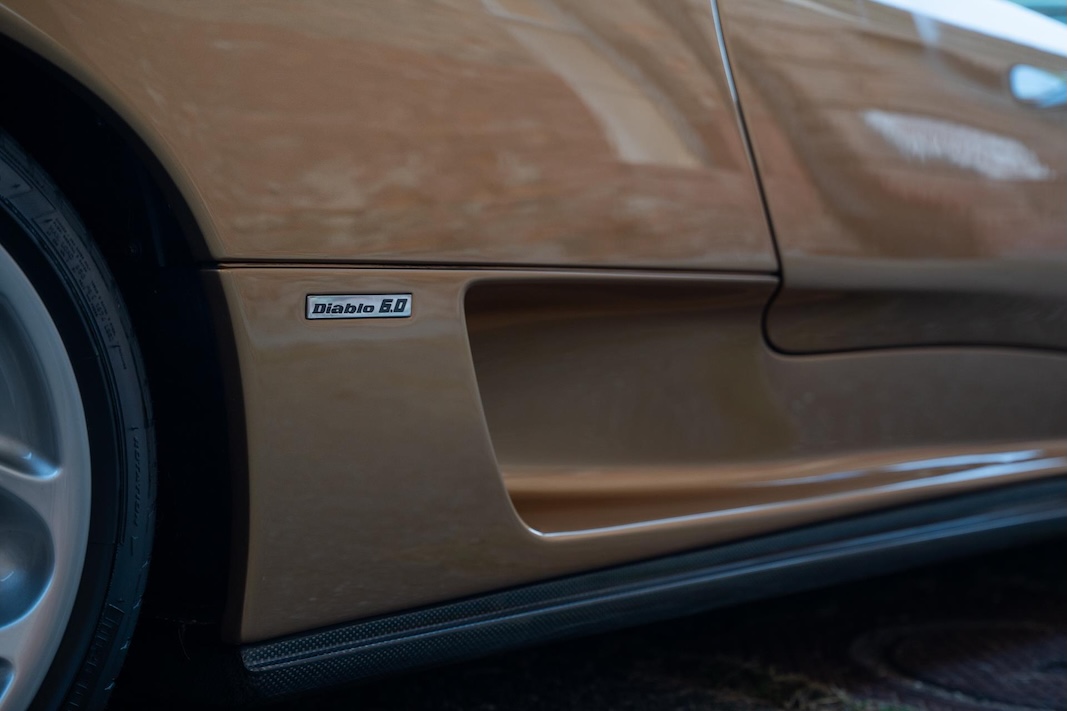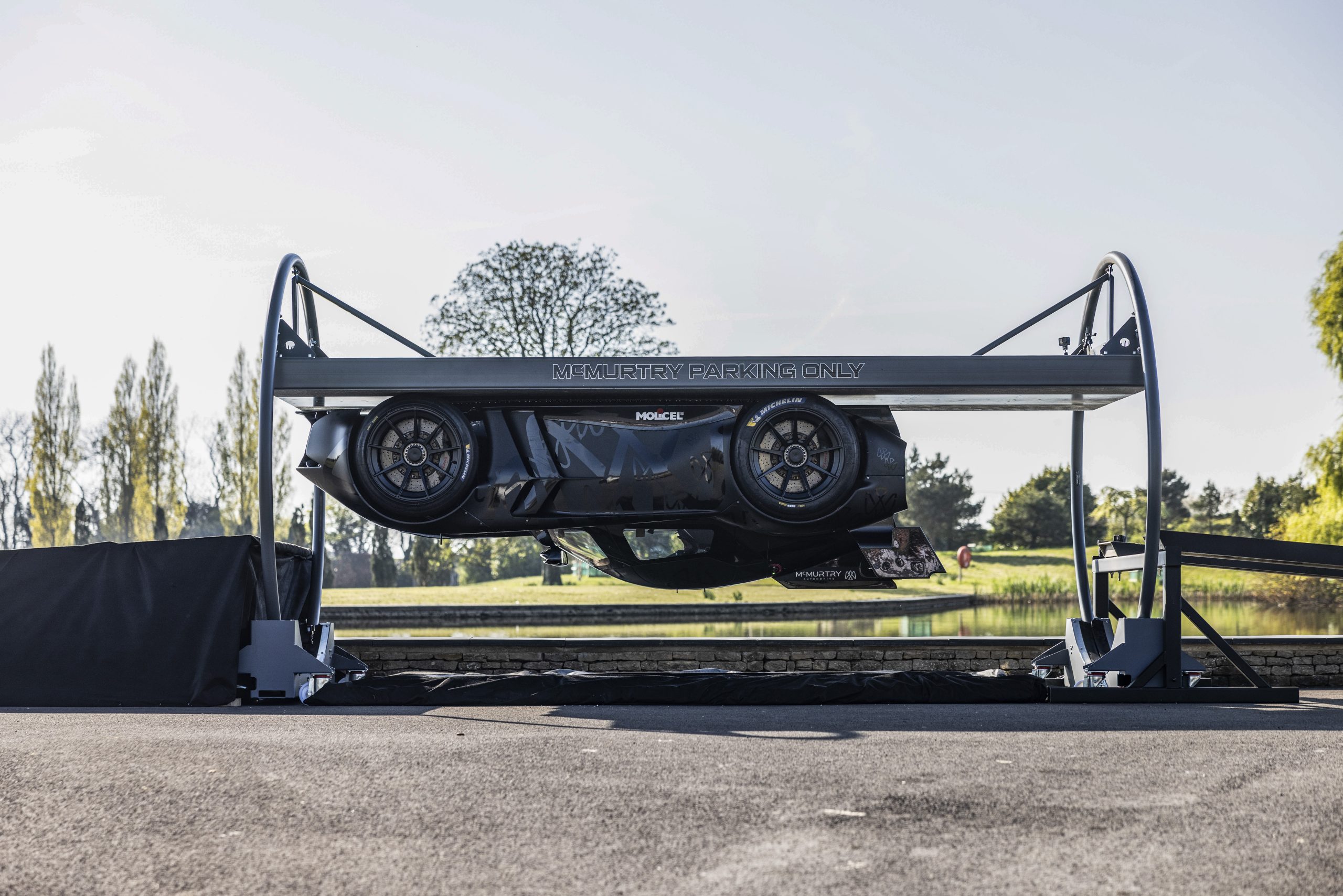New Report Reveals Dangerous Deterioration of New York’s Roads Despite Record Tax and Toll Revenues
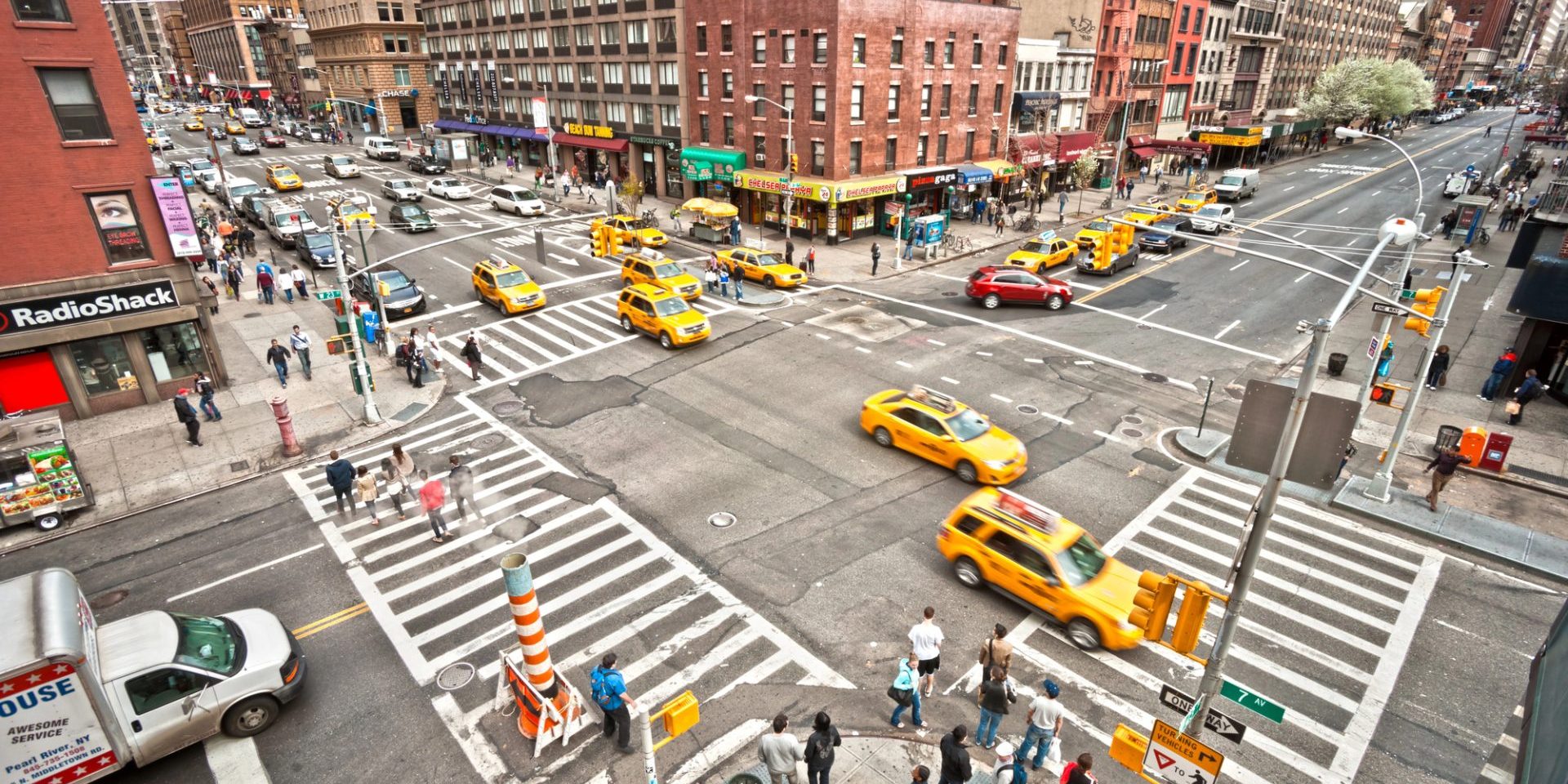
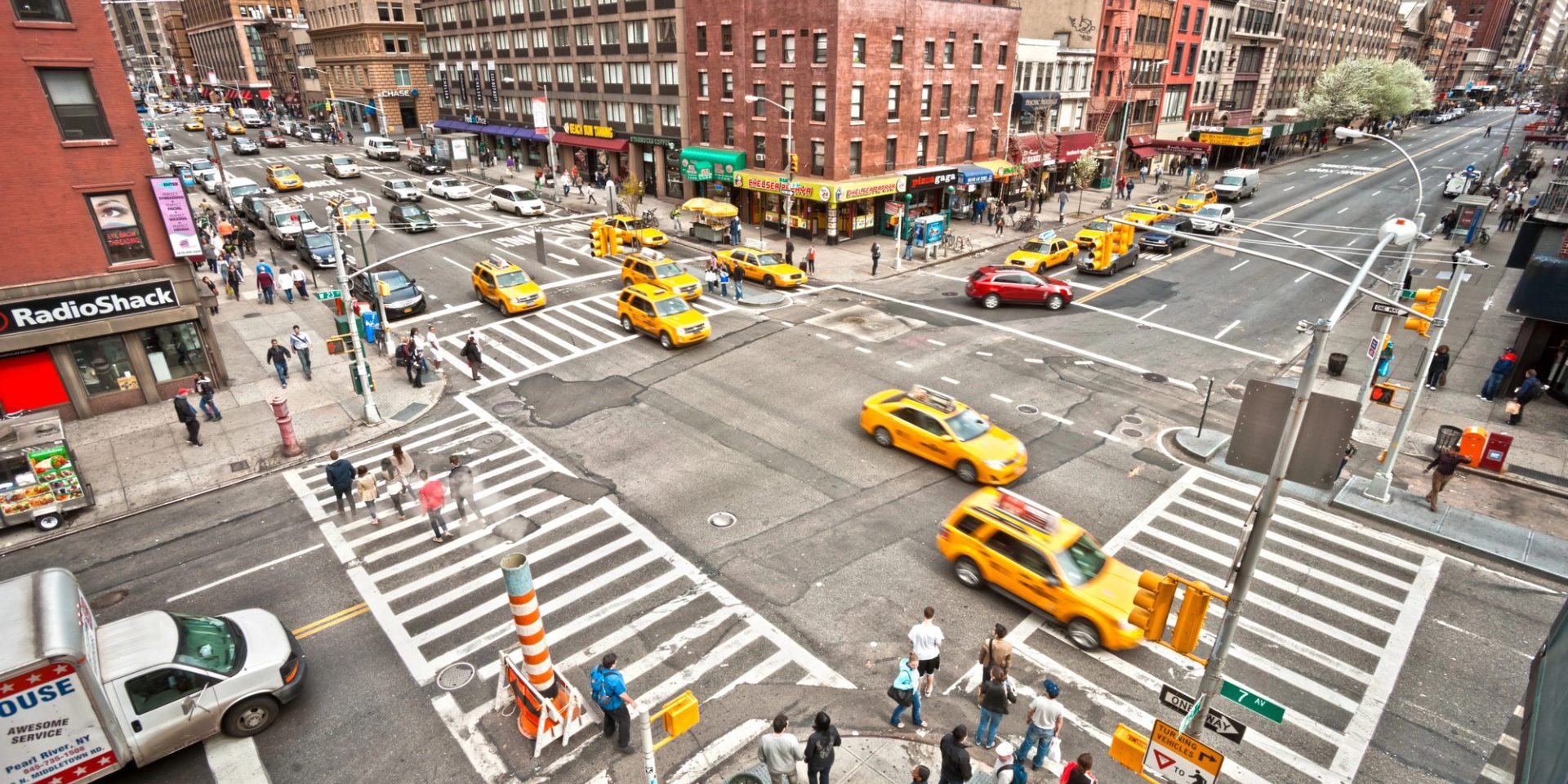
Released data studies are shedding light on the dangerous and rapidly deteriorating condition of New York’s road infrastructure, even as taxpayers face growing financial burdens through tolls, congestion pricing, police-issued fines, and traffic cameras. Led by traffic attorney James Medows, Esq., the study calls for urgent transparency and reform in how the city and state allocate transportation funds.
According to the report, compiled using sources including the TRIP Transportation Research Group, NYC Department of Transportation, and New York State bridge inspection records, 43% of New York’s major roadways are classified in poor or mediocre condition. Meanwhile, nearly 10% of bridges statewide are structurally deficient, threatening both public safety and economic stability.
“New Yorkers are paying more than ever to drive on some of the most unsafe and neglected roads in the country,” said James Medows, Esq., who has represented thousands of drivers in traffic-related matters. “This isn’t just about inconvenience. It’s about emergency response delays, damage to vehicles, and a system that continues to extract from drivers while failing to deliver even the basics.”
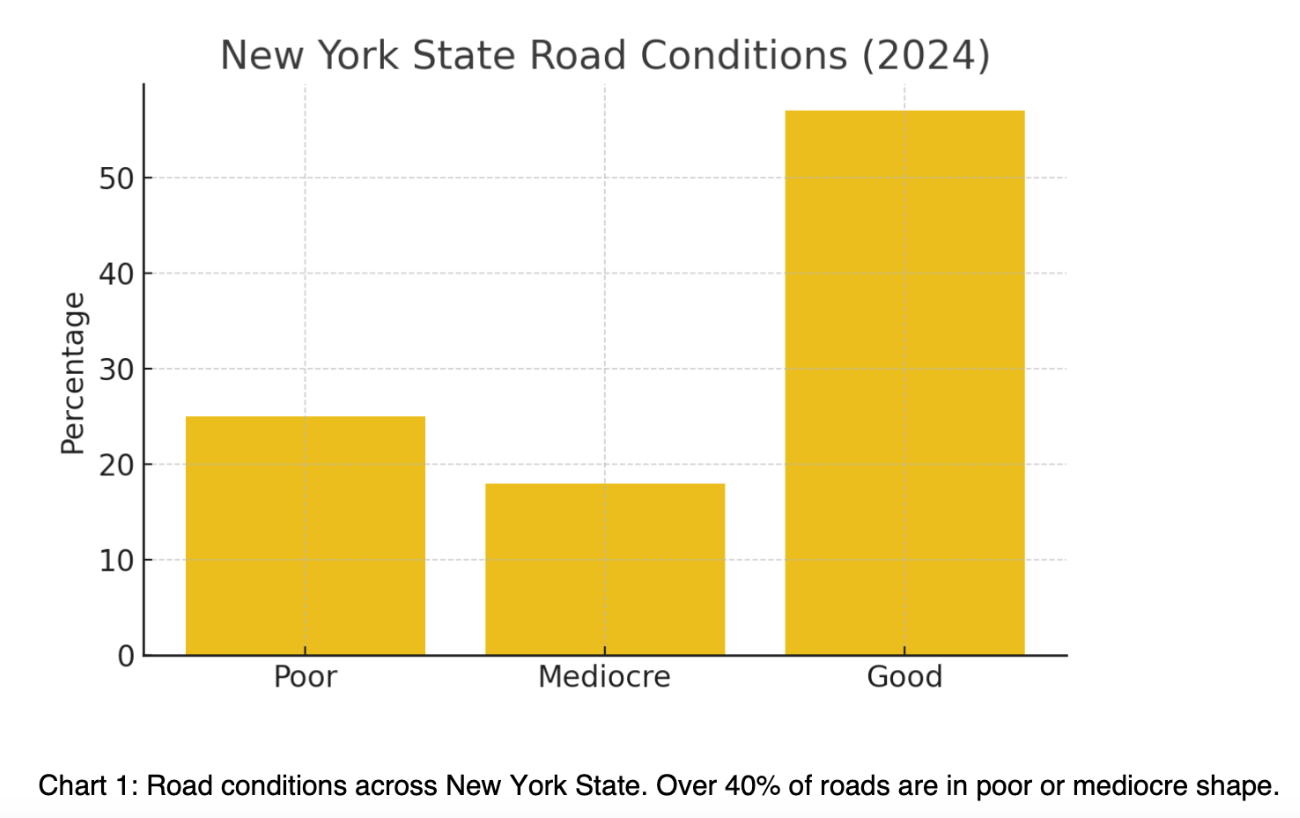
Key Findings:
Road Quality: 43% of major state roads are in poor or mediocre shape. NYC streets frequently show signs of long-term neglect: potholes, cracked surfaces, and water-damaged foundations.
Bridge Deterioration: Nearly 1,700 of New York’s 17,000+ bridges are structurally deficient. Major corridors like the Brooklyn-Queens Expressway and I-95 are flagged in critical need of repair.
Congestion Costs: In 2024, traffic congestion cost NYC drivers an estimated $9.5 billion in productivity losses. Midtown speeds dropped to a historic low of 4.8 mph.
Emergency Response Delays: Average EMS response times for non-life-threatening emergencies have grown from 8.3 minutes to 23.3 minutes over the last decade, with life-threatening cases seeing similar trends.
Revenue Discrepancy: Despite rising congestion tolls (\$9 per vehicle), ticket revenue, and MTA funding, street conditions continue to decline, with little transparency into how funds are applied.
Public Outcry and Legal Effort
Medows, who is leading this effort to drive legislative and judicial attention, says the public has a right to know how billions in traffic-related revenues are being spent. “If these funds aren’t improving safety, where are they going? New York’s infrastructure should reflect the taxes we pay—but it doesn’t.”
Report Recommendations:
1. Annual Transparency Audits: Publish detailed spending reports showing where traffic fine, toll, and congestion pricing revenue is allocated.
2. Emergency Prioritization: Expedite resurfacing of critical roadways and bridges with public tracking dashboards.
3. Accountability in Spending: Mandate a percentage of funds from new toll and congestion zones be reinvested directly into road safety.
4. Technology and Traffic Flow: Improve signal timing, open emergency lanes, and reduce gridlock patterns that slow down ambulances and first responders.
Real-World Consequences
The report includes incidents where infrastructure failures directly impacted lives. In June 2024, a man in Chelsea waited 37 minutes for an ambulance due to blocked intersections and bridge traffic. In the Bronx, firefighters were delayed by congestion on a flagged overpass—one scheduled for repairs three years prior.


